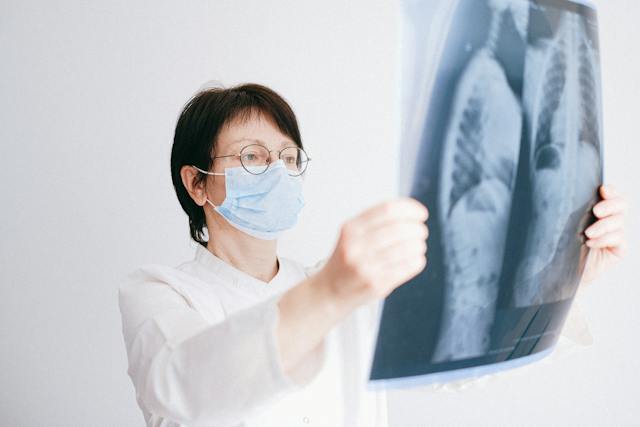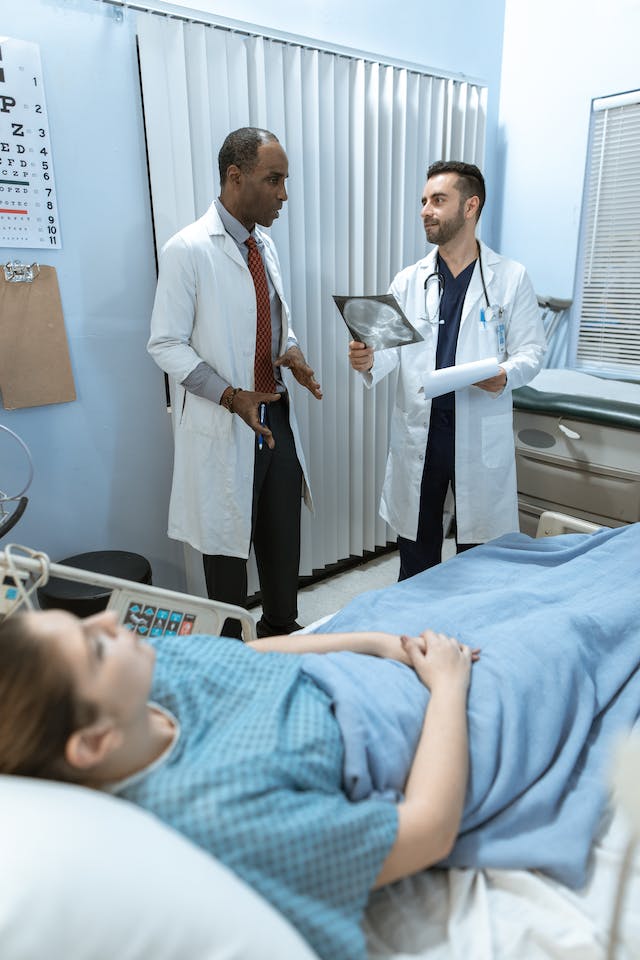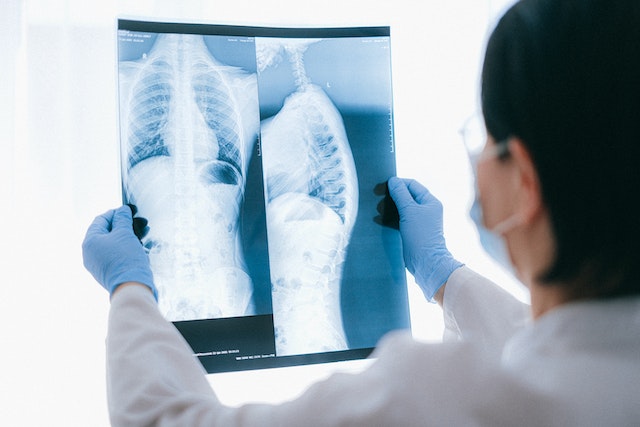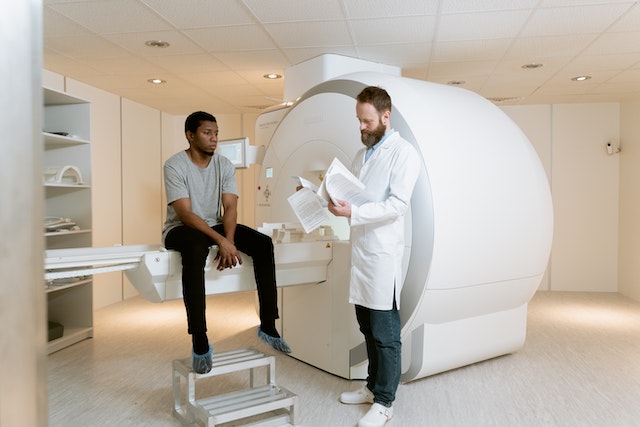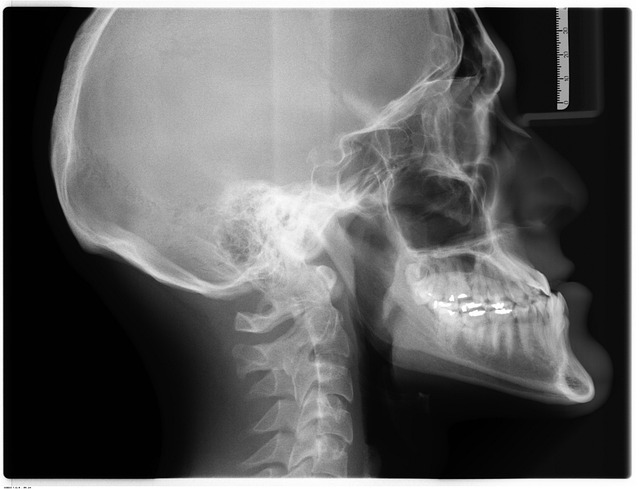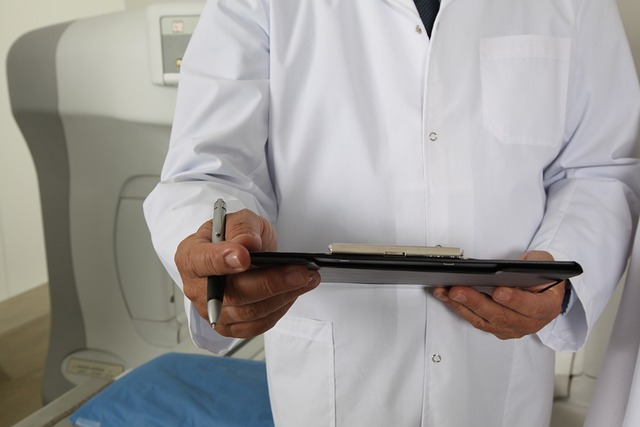AI Enabled Software Program for Lung CT Scans:
The Food and Drug Administration (FDA) has granted 510(k) clearance for LungQ 3.0.0., an updated version of an artificial intelligence (AI)-enabled software platform designed for lung computed tomography (CT) scans. Developed by Thirona and currently utilized in over 600 hospitals, the enhanced software offers improved visualization and assessment of lung structures, including lobes and subsegments, aiding in the diagnosis and treatment of conditions such as emphysema and COVID-19. Thirona highlights that LungQ 3.0.0. enhances precision and efficiency in interventional procedures, ranging from lung segmentectomy and ablation to lung cancer biopsies and lung volume reduction. The software’s validation in over 200 global publications underscores its significance in advancing personalized treatment for lung patients. Eva van Rikxoort, the founder and CEO of Thirona, emphasizes the role of solutions like LungQ in ushering in a new era of personalized and less invasive procedures for lung diseases.
Strongest-Ever Gradient System: Siemens Magnetom Cima.X 3 Tesla
Siemens Healthineers has received FDA clearance for the Magnetom Cima.X 3 Tesla (3T) magnetic resonance imaging whole-body scanner. This scanner features the industry’s strongest gradient system for a clinically released whole-body MR scanner, providing improved visibility of smaller structures in the body and faster image capture. The Magnetom Cima.X also includes new features aimed at enhancing scientific research and addressing imaging challenges related to cancer and other diseases. The high gradient level of the Gemini Gradients, with an amplitude of 200 mT/m and a slew rate of 200 T/m/s, allows for better study of neurodegenerative diseases and can be leveraged across the body. The scanner introduces Physiologging for precise, time-stamped physiological data during functional brain imaging and the Open Recon platform for immediate image reconstruction using custom algorithms directly on the scanner. Additionally, key features such as BioMatrix technology, Deep Resolve reconstruction technology, and myExam Companion workflow solution contribute to improved clinical performance, increased productivity, and a better patient experience. Katie Grant, Vice President of Magnetic Resonance at Siemens Healthineers North America, highlights the scanner’s ability to deliver new insights into oncologic, cardiac, and neurodegenerative diseases.
First FDA-Cleared Portable Magnetic Resonance Brain Imaging System
Hyperfine, Inc. has launched the eighth generation of its Swoop® system software, featuring an AI-powered diffusion-weighted imaging (DWI) denoising feature that received FDA clearance in October 2023. The software enhances the image quality of the Swoop® system, the world’s first FDA-cleared portable magnetic resonance brain imaging system. The update introduces ease-of-use features, including real-time assistance for precise patient loading and positioning, as well as a streamlined image upload process. With CE and UKCA certifications, Hyperfine is positioned for international expansion, aiming to reach a broader global market. The software focuses on improving image quality in the DWI sequence, crucial for stroke imaging. The limited market release phase received positive feedback, with users praising DWI image quality and workflow efficiencies. The update allows clinicians to view each series in real-time, communicate with technologists, and share critical findings with clinicians without waiting for the entire study to be completed.
Sources:
Hyperfine.io
itnonline.com
diagnosticimaging.com
openai.com
